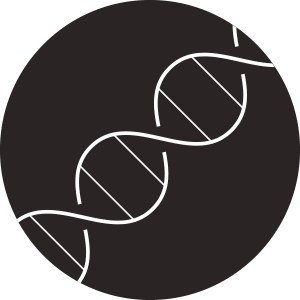WHAT IS eDNA TECHNOLOGY?
Molecular genetics allows the understanding of the genetic bases of species formation, diversification and adaptation by analyzing DNA molecules. Environmental DNA (eDNA) is crucial for ecological research because it can be recovered from biological materials such as saliva, feces, plant seeds, and milk. DNA sequence data can be extracted from organisms and used to identify different species.
© Living Lakes Canada / WWF-Canada
WHY eDNA FOR CONSERVATION?
Molecular genetic techniques have rapidly become the cornerstones of ecological research, and are opening up a whole new way of identifying and classifying species in the future.
WHERE IS WWF USING eDNA TECHNOLOGY?
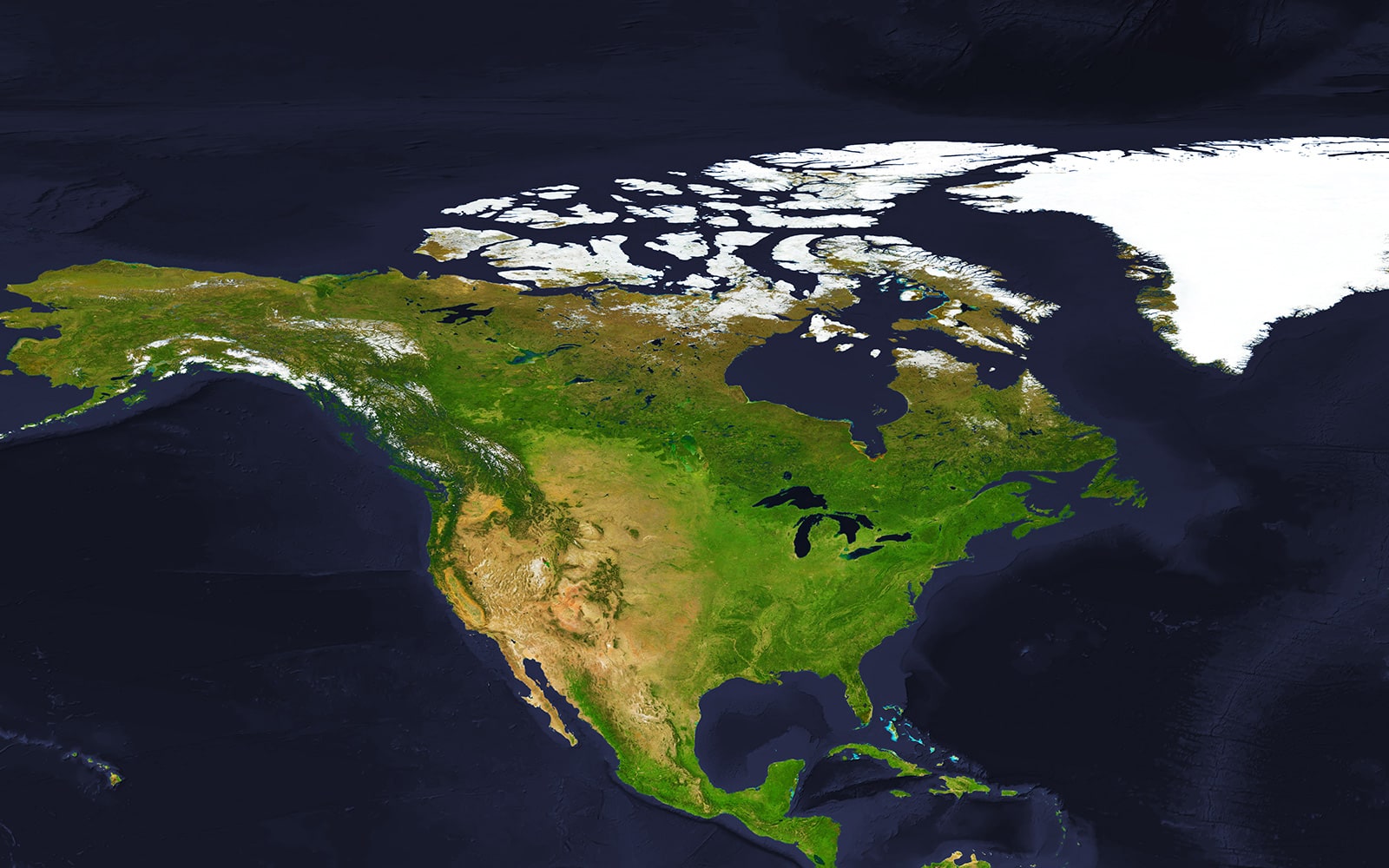
NORTHERN BC / YUKON BORDER
STREAM sampling using eDNA.
RAGGED ISLAND
NUNAVUT
Development of tools and capacity for community-based monitoring of biodiversity shifts and early detection of aquatic invasive species in the Canadian Arctic.
SUNSHINE COAST
BRITISH COLUMBIA
Empowering communities to better monitor their rivers using STREAM.
OTTAWA
ONTARIO
Empowering communities to better monitor their rivers using STREAM.
NELSON
BRITISH COLUMBIA
Empowering communities to better monitor their rivers using STREAM.
SUDBURY
ONTARIO
Empowering communities to better monitor their rivers using STREAM.
BLUEBERRY RIVER
FIRST NATION
Empowering communities to better monitor their rivers using STREAM.
SMITHERS
BRITISH COLUMBIA
Empowering communities to better monitor their rivers using STREAM.
CANMORE
ALBERTA
Empowering communities to better monitor their rivers using STREAM.
INVERMERE
BRITISH COLUMBIA
Empowering communities to better monitor their rivers using STREAM.
LAIRD
BRITISH COLUMBIA
Empowering Indigenous Guardians to better monitoring their rivers using STREAM.
eDNA IN ACTION
Explore how WWF-Canada is using eDNA for Conservation
eDNA technology sheds light on river health
© Rebecca Spring / WWF-Canada
eDNA IN ACTION
eDNA technology sheds light on river health
In watersheds across the country, Canada lacks basic data on the state of our rivers, with one of the biggest gaps being data on benthic invertebrates, the tiny bugs that live at the bottom of river beds.
These flies, beetles, aquatic worms, snails and other creatures can tell us a lot about the health of a freshwater system. One of the main challenges is identifying these tiny bugs as most of them are no bigger than the head of a pin. In the past, samples were sent to taxonomists to identify—a very long and tedious process. Without this information, we are unable to take the proper steps needed towards ensuring the health of Canada’s freshwater systems.
© Heather Crochetiere / WWF-Canada
Environmental DNA (eDNA) technology changes all that. The “genetic metabarcoding” system developed by experts at the University of Guelph’s Centre for Biodiversity Genomics can identify species using DNA in water, soil, sediment and actual bug DNA samples. Researchers blend up the sample, extract the DNA, and put it into a machine that sequences the genetic code comparing it to an extensive DNA library of bugs. The results are faster, cheaper than traditional taxonomy and impressively accurate.
WWF-Canada is combining powerful conservation genomics with an equally powerful force: citizen scientists. Their efforts can efficiently expand our databases for better freshwater health.
In 2019, Sequencing the Rivers for Environmental Assessment and Monitoring (STREAM) was launched, a partnership between WWF-Canada, Living Lakes Canada, the University of Guelph, Genome Canada and Environment and Climate Change Canada.
STREAM’s field courses teach volunteers the proper protocols for collecting samples, which are then sent to the University of Guelph for eDNA analysis. These courses provide the tools, knowledge and training to community groups so that they can monitor their waters in a scientifically rigorous manner.
© Ghost Watershed Alliance Society
Revolutionizing Canada’s water data
STREAM will revolutionize the future of freshwater monitoring in Canada, filling in key gaps in WWF-Canada’s Watershed Reports. Determining the health and state of waterways can help us advocate for their protection and future mitigation measures.
IMPACT
50
More than 50 people have been trained with STREAM's field courses. Our goal with the STREAM project is to collect 1,500 samples, over 3 years.
OUR PARTNERS IN eDNA
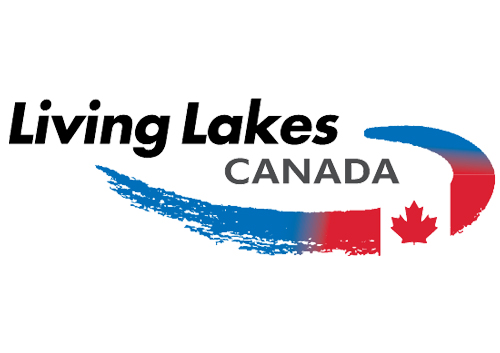
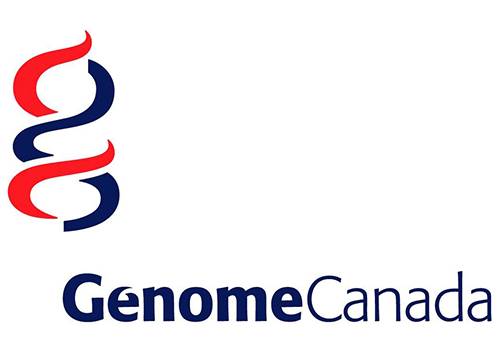
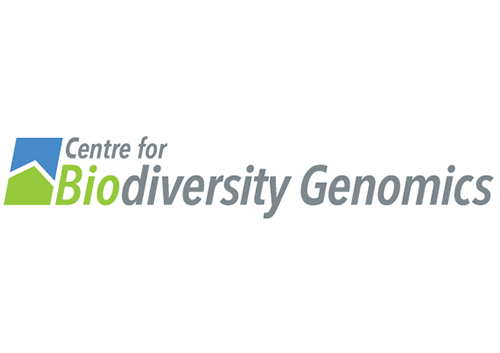


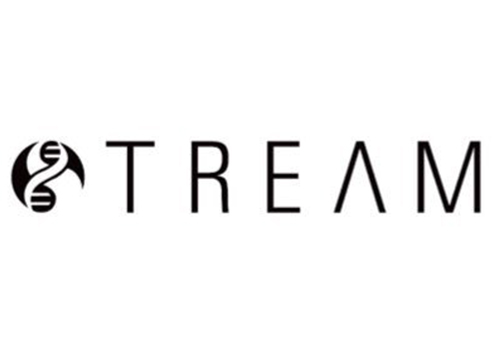
OUR PARTNERS IN eDNA


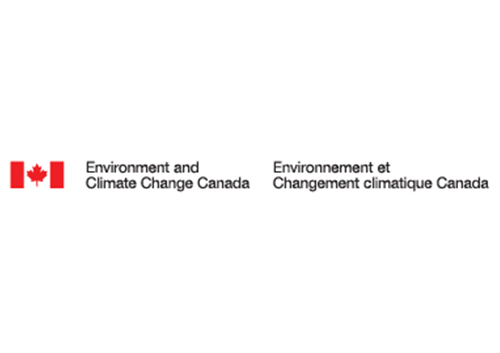



Want to partner with us?
